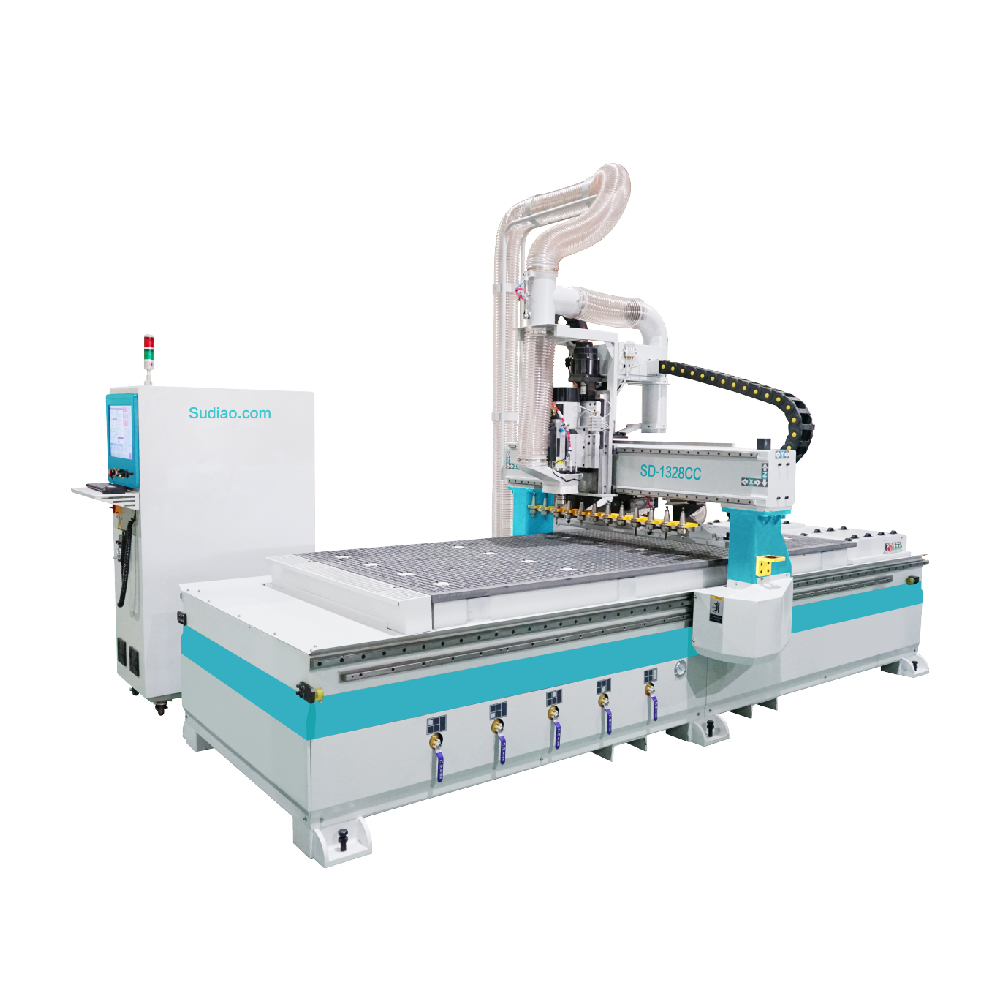The cost of CNC engraving compared to traditional engraving methods can vary depending on a number of factors.
Here are some key factors to consider when comparing the cost of CNC engraving to traditional engraving methods:
Setup costs: CNC engraving machines require a significant initial investment in terms of equipment and software, which can make the setup costs higher than traditional engraving methods. Traditional engraving methods may require less specialized equipment, which can result in lower setup costs.
Labor costs: CNC engraving machines require skilled operators to program and operate the machine, which can result in higher labor costs. Traditional engraving methods may require less specialized skills, which can result in lower labor costs.
Materials costs: The cost of materials used in CNC engraving and traditional engraving methods can vary depending on the type of material used and the complexity of the design. CNC engraving may require specialized materials or tools, which can result in higher materials costs.
Customization: CNC engraving allows for a high degree of customization, which can result in higher costs compared to traditional engraving methods, which may have more limited customization options.
Overall, CNC engraving can be more expensive than traditional engraving methods, particularly for small-scale or one-off projects. However, for larger production runs or highly customized designs, CNC engraving can be more cost-effective and efficient than traditional methods. It is important to consider the specific requirements of the project and to weigh the costs and benefits of each method before making a decision.
What are some examples of materials that require specialized tools for CNC engraving?
CNC engraving is a versatile technology that can be used to engrave a wide range of materials, including metals, plastics, wood, and stone. automatic change tools cnc router supplier While many materials can be engraved using standard tools and techniques, there are some materials that require specialized tools and techniques to achieve the desired results.
Here are some examples of materials that may require specialized tools for CNC engraving:
Glass: Glass is a delicate material that requires specialized tools and techniques to avoid cracking or breaking during the engraving process. Diamond-tipped engraving tools are often used for glass engraving, as they can generate fine, precise lines without damaging the material.
Ceramic: Ceramic is a hard, brittle material that can be challenging to engrave using standard tools. Specialized diamond-tipped tools and techniques are often used for ceramic engraving to achieve the desired results.
Hard metals: Hard metals such as stainless steel and titanium can be difficult to engrave using standard tools due to their hardness and toughness. Specialized carbide or diamond-tipped tools are often used for hard metal engraving.
Stone: Stone materials such as granite and marble require specialized tools and techniques to achieve the desired depth and detail in the engraving. Diamond-tipped tools are often used for stone engraving, as they can generate precise lines and shapes.
High-density plastics: High-density plastics such as acrylic and polycarbonate can be challenging to engrave using standard tools due to the risk of melting or warping. Specialized tools and techniques, such as laser engraving, are often used for plastic engraving to avoid these issues.
These are just a few examples of the materials that may require specialized tools and techniques for CNC engraving. It is important to work with a reputable CNC engraving provider who has experience working with a variety of materials and can provide guidance on the best tools and techniques for your specific project.
